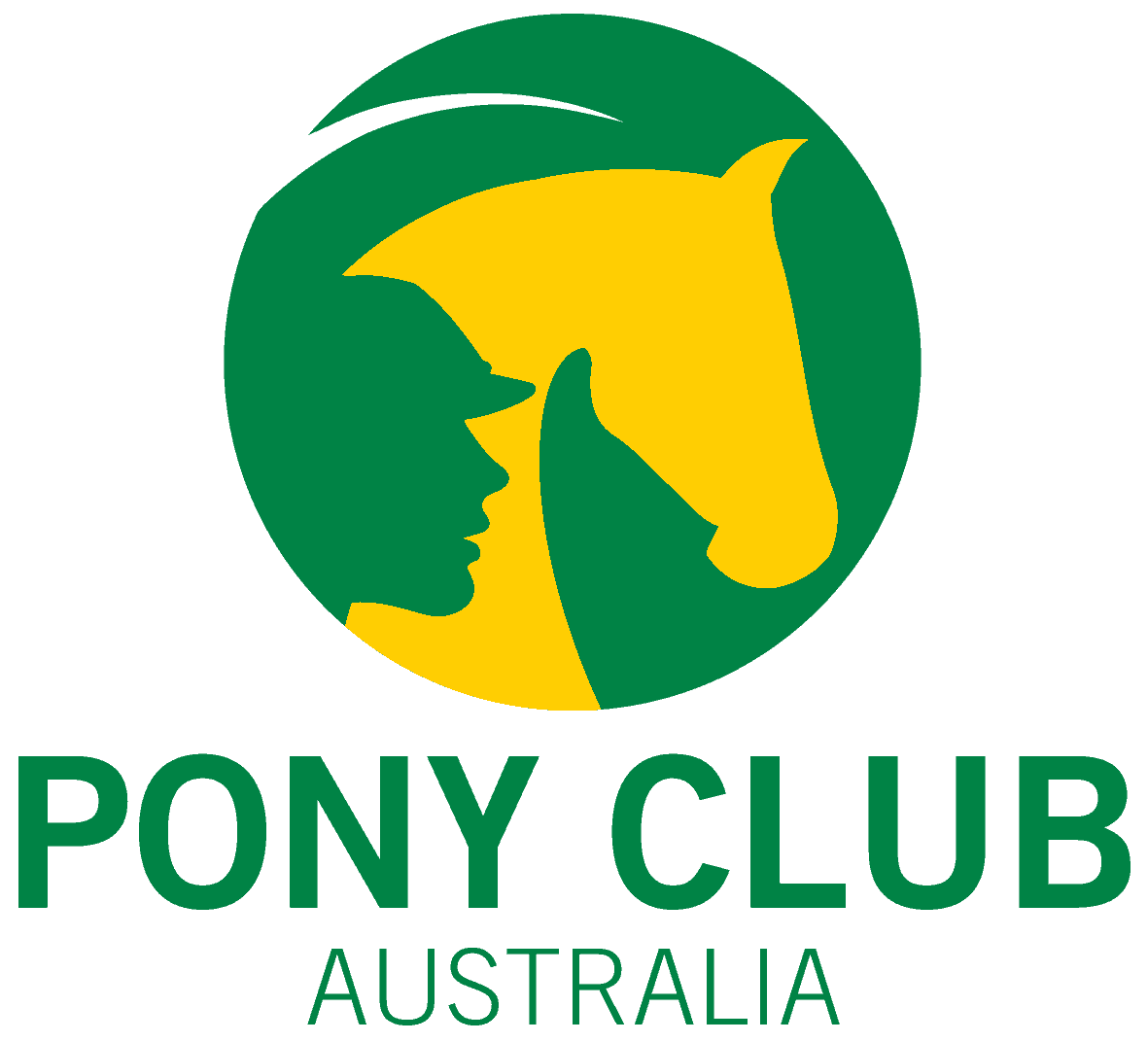Did you know that a horse’s spine from withers to tail has a very limited range of movement, while their neck is much more mobile and can bend in all directions? This helps horses graze and groom themselves, but for trainers, it can affect balance in a negative way.
This is why the head and neck position called ‘on the bit’ is important in dressage: it provides optimal balance for the horse and rider. In collected movements, the head and neck lift a little higher to facilitate correct balance for those movements.
However, hyperflexion (when horses are ridden with their necks too round) can lead to physical and mental issues, and closed gullets can hinder breathing. Research shows hyperflexion closes airways by 10-15%. The horse at liberty would never carry himself in this way for any more than a very brief period.
So remember, your contact should only ever be as much pressure as required to keep the reins from sagging. Contact allows you to have very subtle communication with your horse, as the slightest pressure of one finger can easily be felt. Under saddle, consistent contact will help your horse develop the correct outline and move in a biomechanically efficient way.
This information is adapted from PCA’s Syllabus of Instruction, available to all members.
